In France, the arrival of January heralds more than just a new year—it brings with it the sweet, buttery aroma of the galette des rois (King’s Cake), a pastry as rich in tradition as it is in flavor. At the heart of this beloved treat lies a tiny porcelain charm, the fève, concealed within its layers. To find the fève is to be crowned king or queen for the day, a whimsical ritual that belies centuries of history, cultural adaptation, and communal joy. From its pagan roots to its modern-day reinventions, the galette des rois and its hidden treasure offer a delicious window into France’s past and present.
Origins: From Roman Festivals to Christian Rituals
The story of the galette des rois begins not in a French bakery but in the ancient Roman celebration of Saturnalia, a midwinter festival honoring the god Saturn. During this raucous event, social hierarchies were temporarily overturned, and a “king of the feast” was chosen by lot, often through a bean hidden in bread. Early Christians later repurposed this pagan custom to coincide with Epiphany (January 6th), commemorating the visit of the Magi to the infant Jesus. By the Middle Ages, the bean—la fève—had become central to Epiphany celebrations across Europe.
In France, the galette evolved regionally. Northern France embraced the flaky, golden puff pastry filled with frangipane (almond cream), while the south favored a brioche-like gâteau des rois, studded with candied fruit and shaped like a crown. Regardless of form, the fève remained a constant, symbolizing divine favor and the fleeting nature of power. Over time, the humble bean was replaced by porcelain figurines, initially depicting religious motifs like the Christ child or the Three Kings, reflecting the holiday’s sacred roots.
The Fève: From Sacred Symbol to Collectible Curiosity
What began as a simple bean has blossomed into a cultural phenomenon. The transition from dried legumes to porcelain charms in the 18th century marked a turning point. French porcelain manufacturers, particularly in Limoges, began crafting intricate fèves, transforming them into miniature works of art. These early figurines often carried religious imagery, but as secularism grew, the designs diversified. By the 20th century, fèves featured animals, occupations, and even pop culture icons, from Astérix to Disney characters.
Today, collecting fèves—a practice called fabophilie—has become a passionate hobby. Enthusiasts trade rare pieces at fairs or scour online marketplaces, with some vintage fèves fetching hundreds of euros. Museums, like the Musée de la Fève in Blain, France, showcase thousands of these charms, tracing their evolution from pious tokens to whimsical collectibles. The fève’s journey mirrors France’s own shift from rigid tradition to playful modernity, yet its core purpose endures: to spark joy and connection.
Crafting the Galette: A Labor of Love and Precision
Creating an authentic galette des rois is a testament to French culinary rigor. The puff pastry, or pâte feuilletée, demands patience—layers of butter and dough are folded and rolled repeatedly to achieve its signature flakiness. The frangipane filling, a silken blend of ground almonds, sugar, butter, and eggs, must strike a balance between richness and subtlety. Bakers often add a splash of rum or orange blossom water for depth, though purists argue simplicity reigns supreme.
The fève’s placement is both strategic and symbolic. Traditionally, the youngest child hides under the table to designate slices fairly, ensuring no one cheats to find the charm. This ritual, known as tirage des rois, underscores the galette’s role as a communal experience. Topped with a paper crown, the galette is served warm, its gilded surface glistening—a edible metaphor for the light of Epiphany piercing winter’s gloom.
Modern Twists: Tradition Meets Innovation
While the classic galette remains a staple, contemporary bakers have reimagined the form. Parisian pâtisseries now offer galettes filled with pistachio, chocolate, or seasonal fruits like pear and chestnut. Vegan versions substitute almond cream with praline or coconut-based fillings, catering to evolving tastes. Even the fève has undergone a makeover: limited-edition charms designed by artists or brands—think Hermès miniatures or Eiffel Tower replicas—elevate the galette to a luxury item.
Beyond France, the tradition has taken root globally. In New Orleans, the Mardi Gras king cake borrows from the galette’s playbook, while Quebec’s galette des rois incorporates maple syrup. Social media has further amplified its appeal, with Instagram feeds showcasing avant-garde designs: galaxy-dusted pastry, geometric latticework, or fèves shaped like emojis. Yet, amid these innovations, the essence of the ritual remains unchanged—a shared moment of anticipation and delight.
A Mirror of French Society: Unity in Diversity
The galette des rois transcends class and creed, uniting French society in a bite-sized celebration. In homes, schools, and offices, January becomes a month-long excuse to gather over slices of galette, debating who deserves the crown. Politicians, too, partake; the Élysée Palace hosts an annual galette ceremony, notably omitting the fève to avoid declaring a symbolic “ruler” in the republic.
The fève’s concealment also invites reflection on equality and chance. In a nation proud of its liberté, égalité, fraternité, the galette’s randomness—where a child or CEO might equally find the charm—embodies democratic ideals. Meanwhile, debates over “proper” galette recipes (north vs. south, almond vs. brioche) humorously highlight France’s regional pride, proving that even unity has its delicious divisions.
The galette des rois endures not merely as a pastry but as a cultural touchstone—a reminder of light in darkness, luck in chaos, and community in isolation. Its layers tell a story: of ancient gods and medieval bakers, of porcelain artisans and modern-day fabophiles. To slice into a galette is to participate in a ritual that has outlived empires, adapted to revolutions, and charmed generations.
As the paper crown tilts on a lucky diner’s head, the galette’s true magic reveals itself. It is not in the butter or almonds, nor the porcelain trinket, but in the laughter around the table—the collective pause to savor tradition, chance, and the simple joy of being king for a day. In a world often divided, the galette des rois remains a humble, flaky ambassador of unity, proving that some traditions, like good pastry, only grow richer with time.
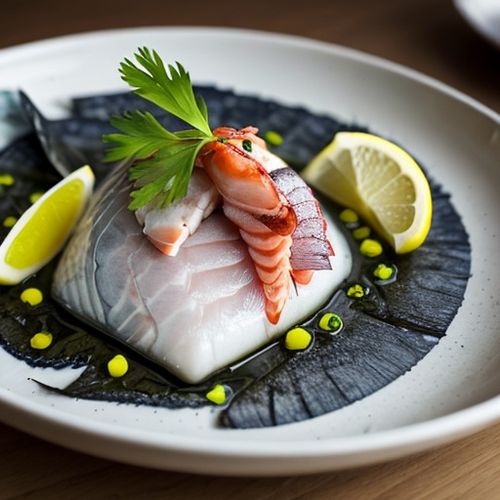
By James Moore/Mar 29, 2025
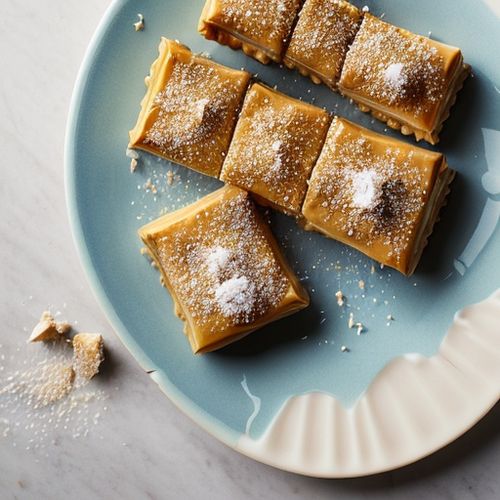
By Noah Bell/Mar 29, 2025

By Ryan Martin/Mar 29, 2025
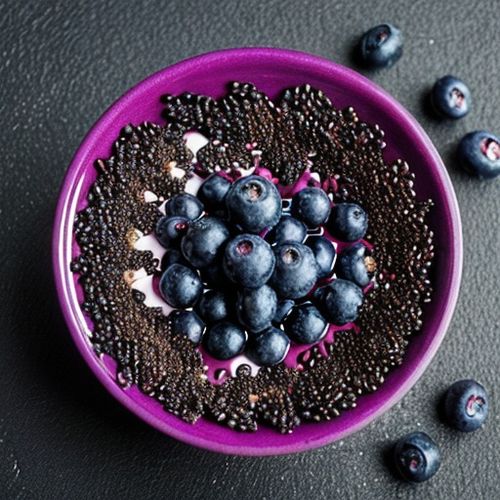
By Sarah Davis/Mar 29, 2025
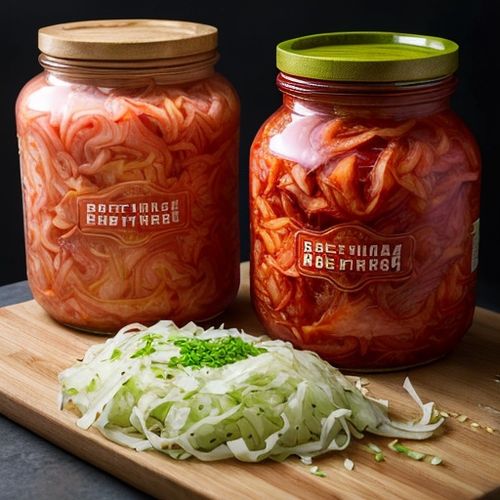
By William Miller/Mar 29, 2025

By Lily Simpson/Mar 29, 2025
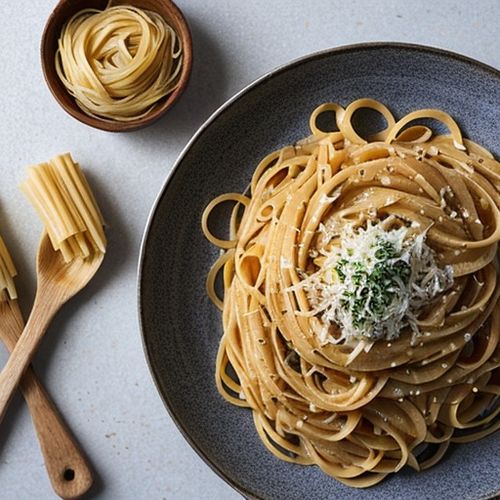
By William Miller/Mar 29, 2025
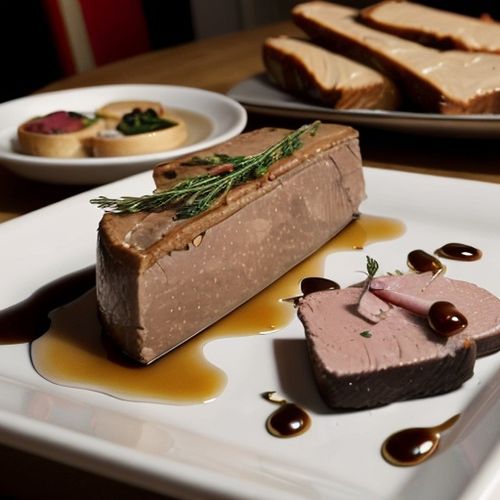
By Rebecca Stewart/Mar 29, 2025
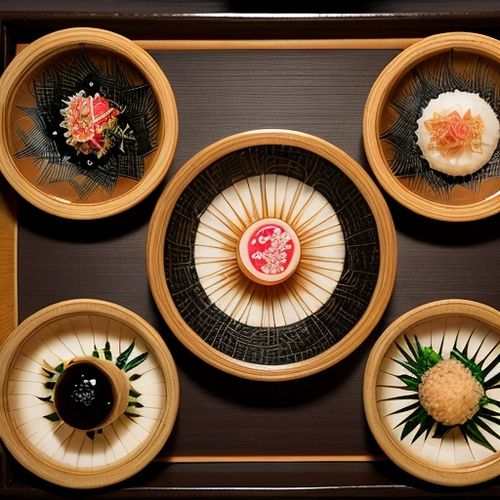
By Joshua Howard/Mar 29, 2025

By Emily Johnson/Mar 29, 2025

By David Anderson/Mar 29, 2025

By Thomas Roberts/Mar 29, 2025
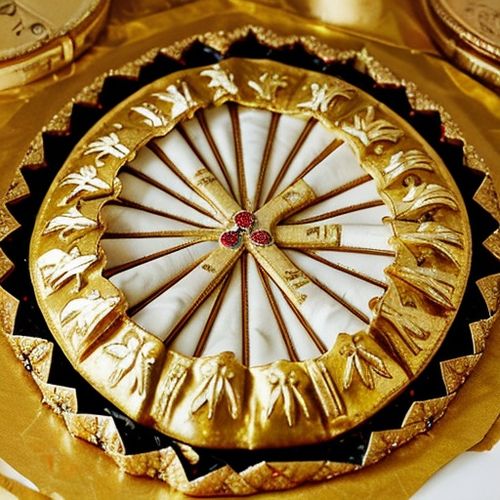
By Jessica Lee/Mar 29, 2025

By Amanda Phillips/Mar 29, 2025
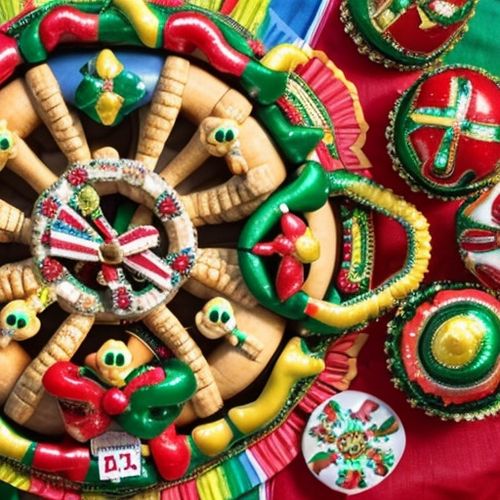
By Sophia Lewis/Mar 29, 2025
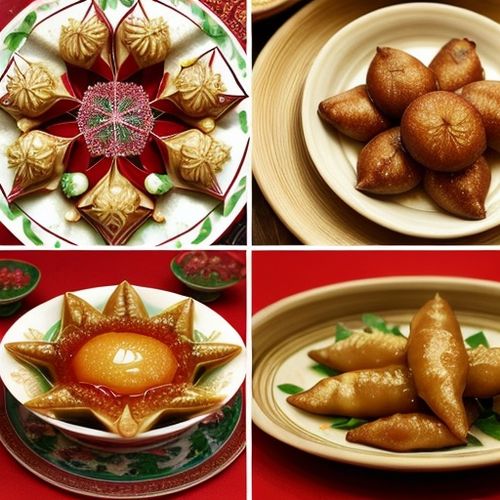
By Laura Wilson/Mar 29, 2025
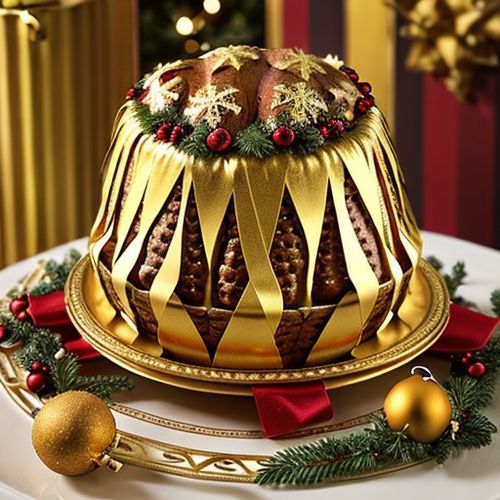
By Emma Thompson/Mar 29, 2025

By Samuel Cooper/Mar 29, 2025
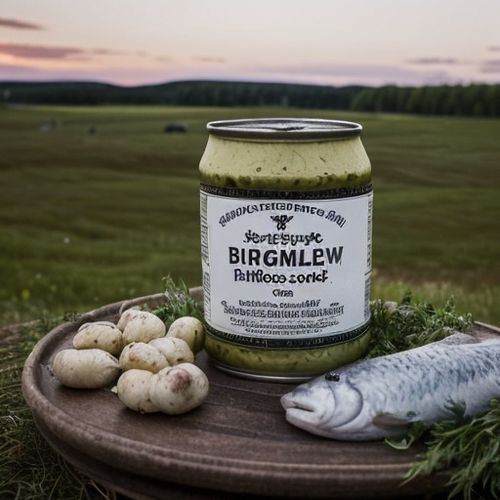
By Olivia Reed/Mar 29, 2025
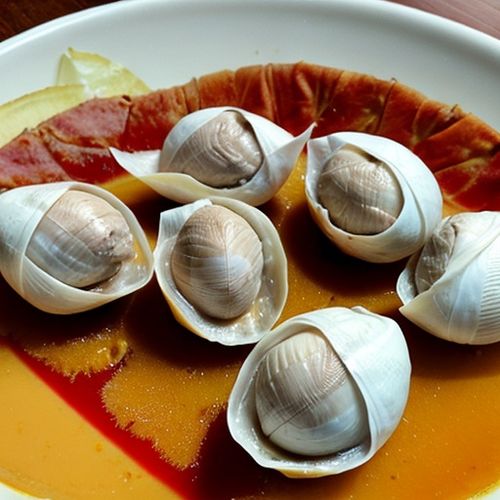
By Noah Bell/Mar 29, 2025